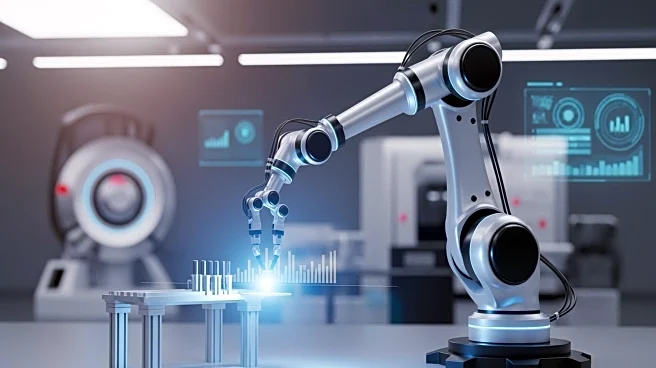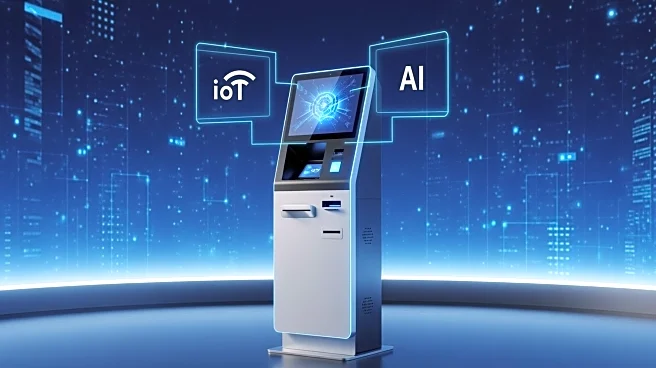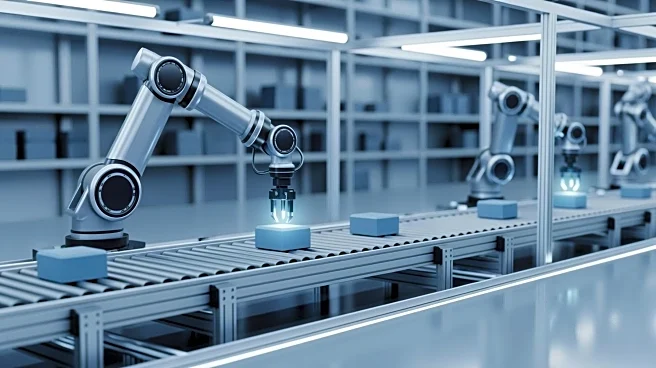What's Happening?
The global Workforce Automation and Robotic Process Automation (RPA) market is experiencing substantial growth, as detailed in a recent market study by HTF Market Intelligence. The report highlights that
the market is projected to expand at a compound annual growth rate (CAGR) of 13.8% from 2025 to 2032, increasing from $9.0 billion in 2025 to $22.0 billion by 2032. Key players in this market include UiPath, Automation Anywhere, and Blue Prism, among others. The market is driven by the need for efficiency and cost reduction, with automation of repetitive HR and operational tasks being a significant factor. The integration of RPA with enterprise systems is improving workflow, and cloud-based RPA platforms are enabling scalability. North America is currently the dominating region, while the Asia Pacific is the fastest-growing region in this sector.
Why It's Important?
The expansion of the Workforce Automation and RPA market is crucial for industries seeking to streamline operations and reduce costs. By automating repetitive tasks, companies can free up employees for more complex and creative work, potentially leading to increased productivity and innovation. This growth also presents opportunities for small and medium-sized businesses (SMBs) to adopt cloud-based RPA solutions, which can enhance their operational efficiency. However, challenges such as the complexity of integrating with legacy systems and resistance from employees concerned about job security may hinder adoption. The market's growth could lead to significant shifts in workforce dynamics and business operations across various sectors.
What's Next?
As the market continues to grow, companies are likely to focus on developing industry-specific automated workflows and AI-powered insights to enhance decision-making processes. Partnerships with system integrators could expand market reach, and RPA-as-a-service subscription models may provide recurring revenue streams. Businesses will need to address challenges related to regulatory compliance and employee resistance to fully capitalize on the benefits of automation. The ongoing development of low-code/no-code RPA solutions and predictive automation technologies will likely drive further adoption and innovation in the sector.
Beyond the Headlines
The rise of workforce automation and RPA could have broader implications for employment and skill requirements. As automation takes over repetitive tasks, there may be a growing demand for workers with skills in managing and optimizing automated systems. This shift could necessitate changes in education and training programs to prepare the workforce for new roles. Additionally, ethical considerations around job displacement and the equitable distribution of automation benefits may become more prominent as the market expands.












